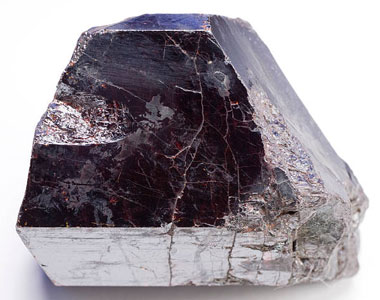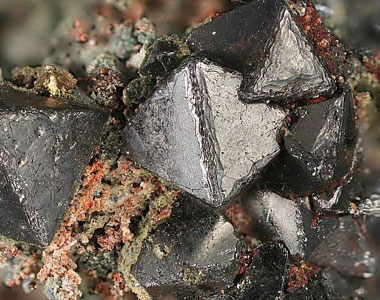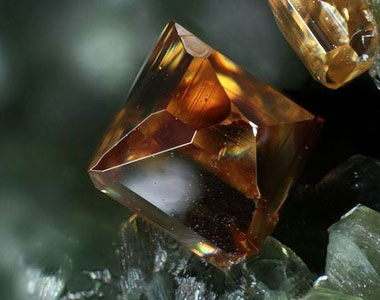Titanium Dioxide
Titanium Dioxide (TiO2) also known as titanium(IV) oxide or titania. Pure titanium dioxide is a fine, white powder that provides a bright, white pigment. When used as a pigment, it is called titanium white, Pigment White 6 (PW6). Titanium dioxide is the most widely used white pigment because of its brightness and very high refractive index. TiO2 is also an effective opacifier in powder form, where it is employed as a pigment to provide whiteness and opacity to products. In paint, it is often referred to offhandedly as "brilliant white", "the perfect white", "the whitest white", or other similar terms. Opacity is improved by optimal sizing of the titanium dioxide particles.
Application of The product :
Ceramics :
Although titanium is the strongest white pigment known for many uses, in ceramics the whiteness (and opacity) it imparts to glazes is due to its tendency to crystallize during cooling. While titanium dioxide is used in glazes as an opacifier, it is not as effective and easy-to-use as tin oxide or zircon. It can be used as an additive to enliven (variegate, crystallize) the color and texture of glazes by introducing crystallization. Rutile works in a similar manner, typically both become saturated in the melt beyond about 5-6%, producing a dry and unstable glaze surface. In moderate amounts it encourages strong melts, durable surfaces and rich visual textures.
Paints and Coatings :
Titanium dioxide provides opacity and durability, while helping to ensure the longevity of the paint and protection of the painted surface.
Plastics, Adhesives and Rubber :
Titanium dioxide can help minimize the brittleness, fading and cracking that can occur in plastics and other materials as a result of light exposure.
Cosmetics :
Pigment-grade titanium dioxide is use in some cosmetics to aid in hiding blemishes and brightening the skin. Titanium dioxide allows for the use of thinner coatings of make-up material for the same desired effect.
Paper :
Titanium dioxide is used to coat paper, making it whiter, brighter and more opaque.
Food Contact Materials and Ingredients :
The opacity to visible and ultraviolet light offered by titanium dioxide protects food, beverages, supplements and pharmaceuticals from premature degradation, enhancing the longevity of the product. Specific classes of high purity pigment-grade titanium dioxide are also used in drug tablets, capsule coatings and as a decorative aid in some foods.ypsum uses include: manufacture of wallboard, cement, plaster of Paris, soil conditioning, a hardening retarder in portland cement. Varieties of gypsum known as “satin spar” and “alabaster” are used for a variety of ornamental purposes; however, their low hardness limits their durability.



